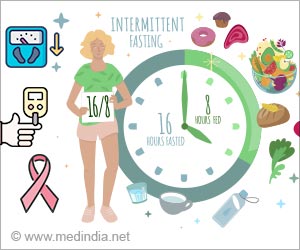Dietary Inequities in Canada: A new study highlights that people with lower socioeconomic status are more likely to have poor diets in Canada. Lower-income Canadians may still purchase unhealthy foods with warning labels, as they are cheap and healthier options are expensive and unaffordable.

‘Dietary Inequities in Canada: People with lower socioeconomic status in Canada are more likely to have poor diets. Existing nutrition policies such as putting nutrition facts tables and warning labels on packaged foods may not be as effective in improving diet. Lower-income Canadians may still purchase unhealthy foods with warning labels because of a lower cost if healthier options are unaffordable.’
Read More..




Dietary inequities refer to differences in diet quality between people of lower and higher socioeconomic status. For example, people with a lower socioeconomic status tend to have poorer quality diets, eating fewer fresh fruits and vegetables, than people with a higher socioeconomic status.Read More..
Canada's nutrition policies, such as putting nutrition facts tables on packaged foods, Canada's Food Guide and the recent Healthy Eating Strategy, mainly provide information and do little to address the underlying causes of unhealthy eating. Existing policies may not be as effective in improving diet as they could be.
"Such policies are unlikely to substantially improve diet quality in Canada, particularly among individuals with a lower social position, because they do not address the root causes of poor diet quality in daily life," says Dr. Dana Lee Olstad, Department of Community Health Sciences, University of Calgary, Alberta. "For example, even if warning labels are put on unhealthy foods, lower-income Canadians may still purchase them because of lower cost if healthier options are unaffordable."
Partnerships are needed between government ministries responsible for health, Indigenous affairs, housing, taxation, and others to implement policies that address nutrition, along with the social determinants of health.
"[W]e propose that the next phase of action to improve the quality of Canadians' diets should concentrate on partnerships with nonhealth actors on bold policy measures to address the social determinants of health, along with equity-oriented nutrition policies. Some of the most powerful policies will be those that improve economic security, reduce precarious employment and ensure access to postsecondary education regardless of ability to pay," writes Dr. Olstad with coauthors.
Advertisement
Source-Eurekalert









